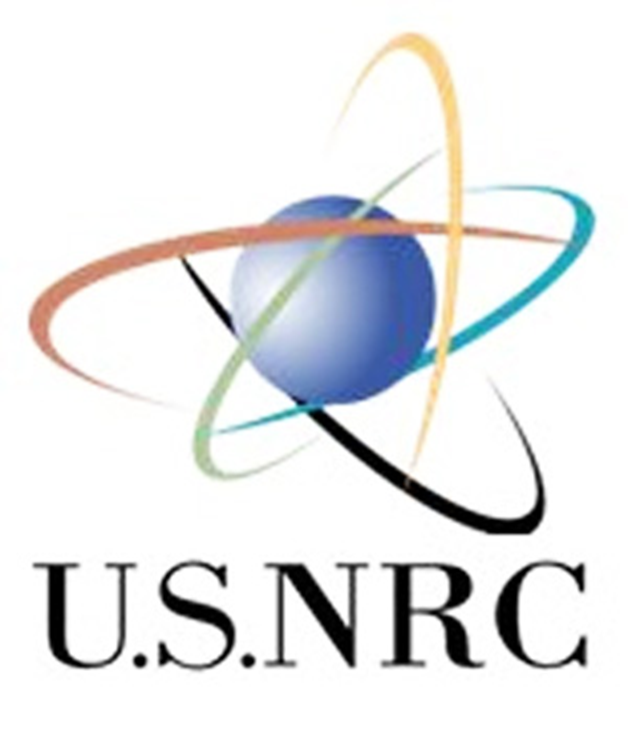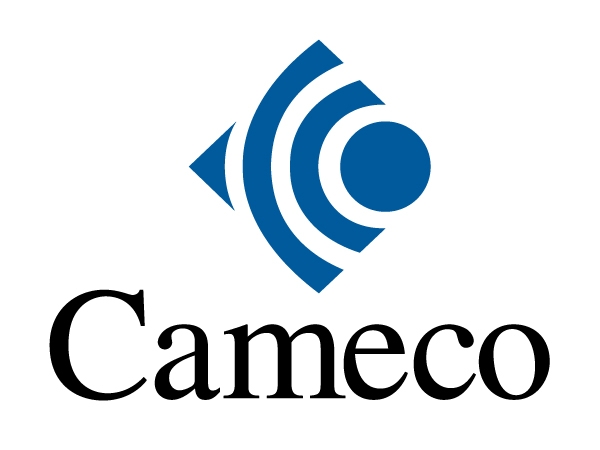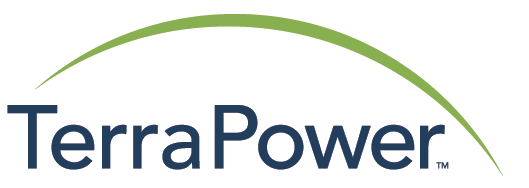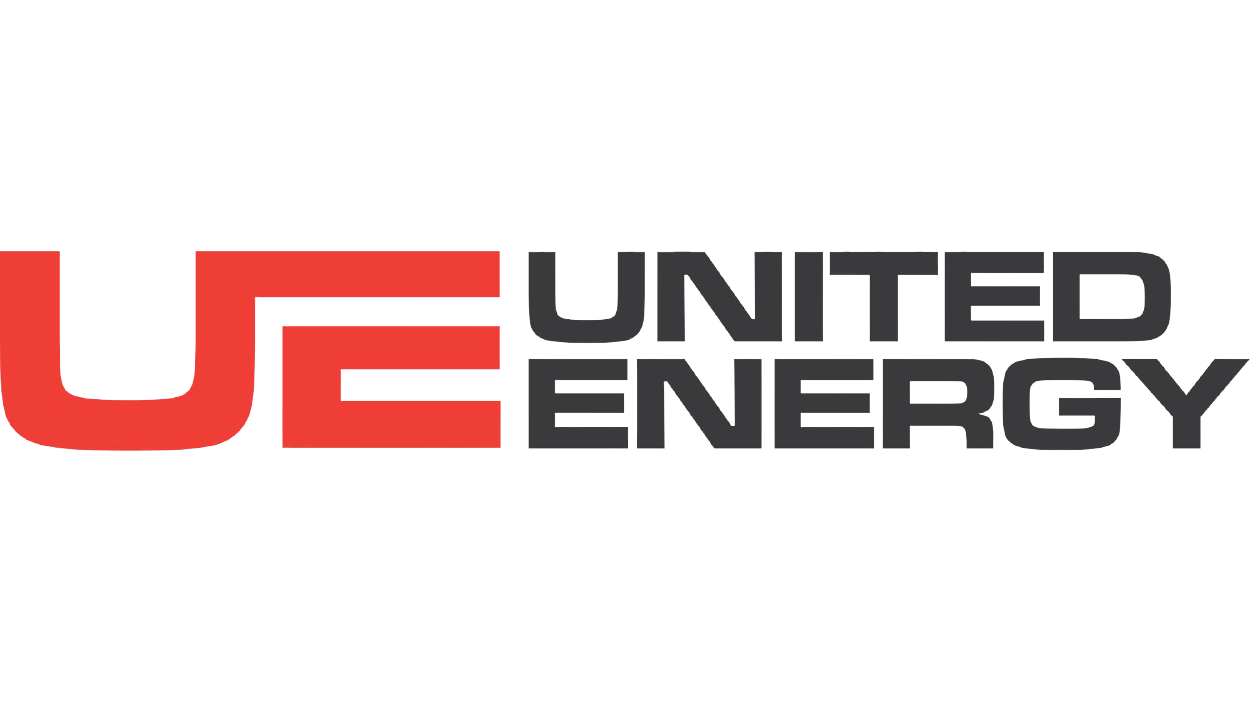The U.K.’s Competition and Markets Authority (CMA) has invited comments on the propose Cameco and Brookfields Renewable Partners acquisition of Westinghouse Electric Company. The CMS is considering whether the deal “may be expected to result in a substantial lessening of competition in the United Kingdom.”
In a statement posted on its website, the CMA said that for the next two weeks, until the 16th of August, it is running an “Invitation to Comment” on the purchase. It was “considering whether it is, or may be the case, that this transaction, if carried into effect, will result in the creation of a relevant merger situation under the merger provisions of the Enterprise Act 2002 and, if so, whether the creation of that situation may be expected to result, in a substantial lessening of competition within any market or markets in the United Kingdom for goods or services. To assist it with this assessment, the CMA invites comments on the transaction from any interested party.”
Cameco said that this was part of the standard regulatory approval process for such transactions. It expects to close the deal by the end of this year.
The proposed deal was unveiled in October of 2022. It calls for a strategic partnership of Cameco and Brookfield Partners to acquire Westinghouse for a total enterprise value of eight billion dollars. It would allocate fourty-nine percent of Westinghouse ownership to Cameco and fifty one percent ownership to Brookfield Renewable and its institutional partners.
Westinghouse is one of the world’s biggest nuclear services businesses. It can trace its energy industry roots back more than one hundred years. Brookfield Business Partners acquired Westinghouse out of bankruptcy in 2018. Today, Westinghouse has four key business lines. These include providing services for outages and maintenance, engineering solutions and replacement components and parts; long-term contracting for the manufacture and installation of fuel assemblies and ancillary equipment for light-water reactors; designing, engineering and supporting the development of new nuclear reactors; and providing environmental services which support nuclear sustainability, environmental stewardship and remediation. It is the original equipment manufacturer for around half of the world’s nuclear power plants.
Canada’s Cameco is one of the biggest global providers of uranium fuel “with interests in tier-one mining and milling operations that have the licensed capacity to produce more than 30 million pounds (our share) of uranium concentrates annually, backed by more than 469 million pounds (our share) of proven and probable mineral reserves. We are also a leading supplier of uranium refining, conversion and fuel manufacturing services”.
Cameco’s second quarter financial results were released on Wednesday. Tim Gitzel is the CEO and President of Cameco. He said, “We are invested across the nuclear fuel cycle, and are looking forward to closing the Westinghouse acquisition with our partner Brookfield Renewable Partners, which we expect will occur later this year. We will continue to do what we said we would do, executing on our strategy, and, consistent with our values, we will do so in a manner we believe will make our business sustainable over the long-term.”




